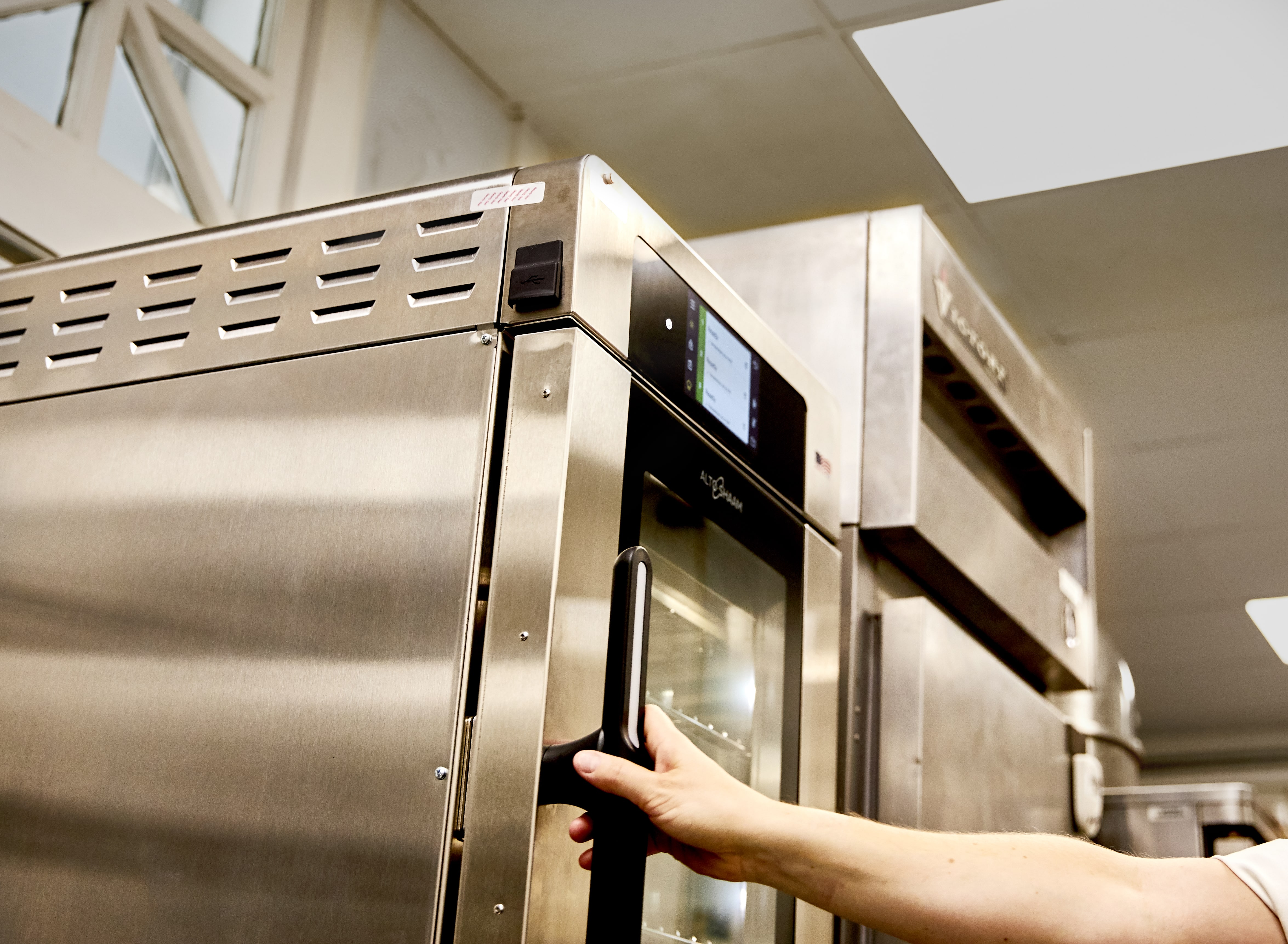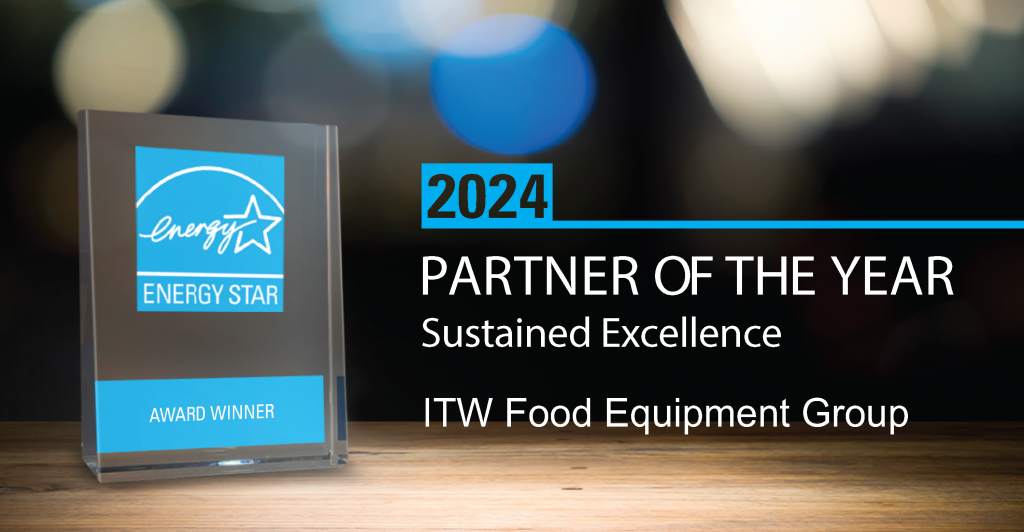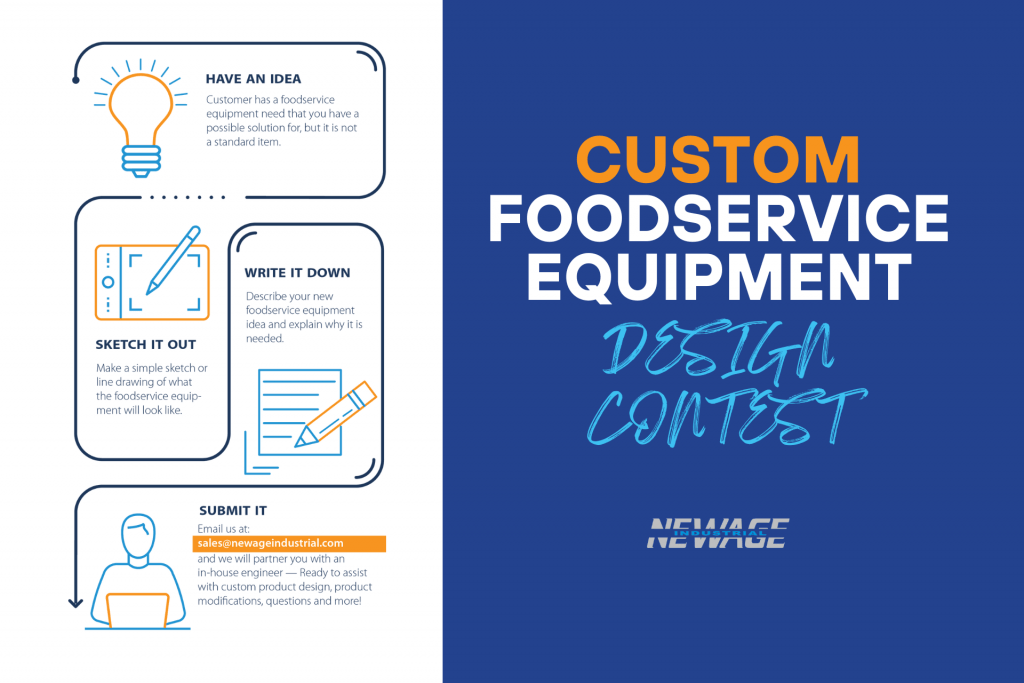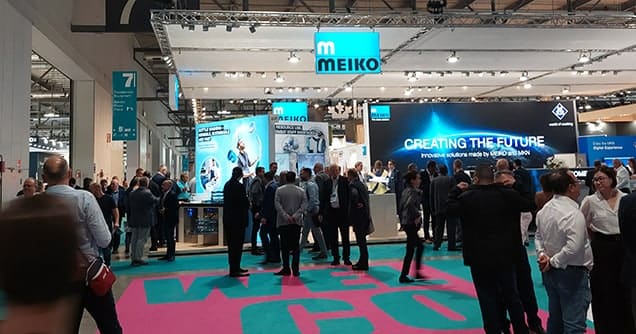
Opening a restaurant or adding foodservice can be a challenge in today’s economic environment. Along with securing a location, operators need to develop a menu, choose equipment, and hire and train staff. These challenges and others have led many to design more robust concepts in smaller spaces.
With ventless commercial kitchen equipment, operators can reap a variety of benefits that can increase their chances of success by minimizing costs and space restrictions.
But what falls under the category of ventless kitchen equipment? Ventless technology isn’t just a fancy claim for cooking equipment, it’s a strict standard by governing bodies to indicate installation requirements.
Simply put, ventless equipment does not require a traditional overhead ventilation system to be operated. The ovens are designed to carry away grease, smoke, or other cooking vapors using built-in catalyst technology or optional ventless hood technology.
Here are the top five benefits of choosing ventless cooking equipment when designing a new foodservice business.
1. Lower start-up costs
A recent survey of restaurant operators pegged the cost of opening a new food business at $375,000, with some types of dining establishments coming in at $1m or more. Using equipment that requires ventilation can dramatically increase those costs.
The average cost of installing a commercial hood system is as much as $2,000 per linear foot in some areas. A typical hood system is 12 feet long, bringing the cost of installation to as much as $24,000 or even more. And that’s just installation. Daily operation can significantly increase utility costs. With ventless cooking equipment, all these expenses are eliminated.
2. Lower operating costs
Installation costs are just the beginning. A ventilation system will likely be operating every hour someone is working in the kitchen, dramatically increasing utility costs. Those systems also need to be cleaned, driving up labor costs. Because those systems include parts such as fans that are constantly moving while at the same time being exposed to smoke, grease, and heat, they’ll require regular — and costly — maintenance. And because kitchen operations will depend on those ventilation systems, a breakdown could force the closure of the business until repairs can be made.
Ventless kitchen equipment often operates efficiently, as well. Alto-Shaam Cook & Hold ovens, for example, cost less than $2 per day to operate thanks to low-temperature, gentle and radiant Halo Heat® Technology.
3. Maximize space
There are a host of locations that would make a great site for a restaurant but prohibit the renovation required to install a ventilation system. Consider the first floor of a busy downtown office tower or a historic building that’s being adapted for commercial use. Even if a ventilation system could be installed, neighbors may not appreciate smoke and odor.
Ventless commercial cooking equipment, on the other hand, can be placed anywhere. Along with increasing the number of potential restaurant sites, ventless cooking equipment makes it easy for a convenience store or other location to add food options. A countertop oven like Alto-Shaam’s Vector® H-Series Multi-Cook Ovens can be the foundation of a profitable foodservice operation.
Some ventless equipment is also waterless, like Vector ovens and Cook & Hold ovens. Waterless design further reduces installation and operating costs with no plumbing, drains, filtration, or associated maintenance.
4. Simplified operations
Anyone involved in the restaurant industry during the past two years knows that staffing — or the lack of it — has been a significant issue for operators. Many of today’s ventless ovens include features that make them easy to operate with minimal training. Vector H-Series Ovens include up to four ovens in a single unit, as well as the ability to program recipes via an easy-to-use interface, reducing the need for skilled labor and ensuring consistency.
Along with being easier to operate, ventless ovens often make it easier to add new and exciting dishes to the menu with less staff required. Alto-Shaam Combitherm ovens are also programmable — making menu expansion a breeze while reducing the amount of equipment required in the kitchen. Alto-Shaam offers a line of Ventech™ ventless hoods that can be paired with Combitherm® Combi Ovens.
5. Lower risk of fire
In many cases, fires begin in ventilation systems. Oven hoods, ductwork, and exhaust systems can pose a substantial fire risk if not adequately cleaned and maintained. Hoods are typically cleaned by the closing crew, and even skipping the task for one or two nights can result in a dangerous grease buildup. A hood or ventilation system fire will likely shut down an operation for several days or even longer. By choosing ventless equipment, operators eliminate this risk.
Whether designing a new restaurant or specifying new equipment for existing location, consider the benefits of ventless technology. Alto-Shaam has a full team of consultant and regulatory experts to help streamline the process.
To learn more and find certificates of compliance for Alto-Shaam’s range of ventless equipment, visit www.alto-shaam.com/ventless.




